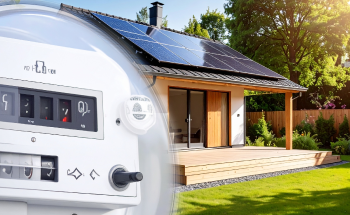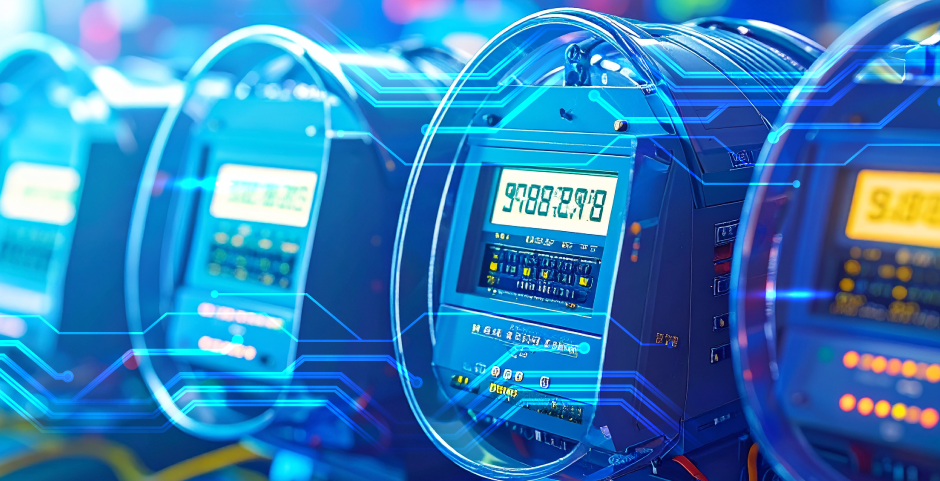Understanding DLMS (Device Language Message Specification) and Its Role in Modern Utility Metering
Shwetha Bhat March 4, 2025

Shwetha Bhat March 4, 2025

The Device Language Message Specification (DLMS), also known as IEC 62056, is an internationally recognized smart metering communication protocol widely used across electricity, water, gas, and heat metering. Standardized by the International Electrotechnical Commission (IEC), DLMS enables seamless communication between utility control centers, data concentrators, and smart meters, ensuring efficient data exchange and interoperability.
As smart metering systems become more sophisticated, managing data from different meter manufacturers presents a challenge. Inconsistent communication protocols across brands can create compatibility issues, leading to higher operational costs and complex data standardization. Additionally, being locked into a single meter vendor limits flexibility in infrastructure upgrades.
DLMS resolves these issues by providing a standardized meter communication protocol, ensuring that utilities can access and analyze data efficiently regardless of the meter manufacturer. This enhances interoperability, making it easier to integrate smart meters into utility networks.
DLMS supports multiple communication channels, including power line carriers, radio frequency (RF), infrared, cellular, and optical communication. This flexibility ensures reliable data exchange across different network environments.
One of the biggest advantages of DLMS smart metering is its ability to process large data volumes in a structured format. Unlike simpler protocols like Modbus, which may require multiple requests for retrieving metering data, DLMS optimizes efficiency by minimizing communication cycles. This makes it a scalable solution for modern smart grid systems.
Another critical aspect of DLMS protocol is its multi-level authentication system, which enables various levels of meter control and security access. Depending on authorization levels, users can perform actions ranging from basic data reading to advanced controls like firmware updates and meter resets. This secure authentication framework ensures enhanced data protection, particularly for remote smart meter management.
With the increasing risks of cyber threats in utility networks, DLMS security mechanisms play a crucial role in protecting sensitive metering data. These include:
By integrating these cybersecurity features, DLMS ensures secure communication across smart grids, whether via local networks or remote connections.
DLMS is a versatile protocol used across multiple utility sectors for efficient metering and data management:
As smart utility networks evolve, the need for standardized and secure meter communication becomes increasingly critical. DLMS (IEC 62056) offers a future-proof solution for addressing meter interoperability, data security, and remote management challenges.
By enabling seamless integration of smart meters and streamlining energy management, DLMS plays a pivotal role in enhancing operational efficiency, reducing costs, and supporting sustainable resource utilization.

July 25, 2025
The world energy scene is being revolutionized by the fast-paced increase of decentralized renewable energy sources like rooftop solar, wind microturbines, and energy storage in batteries. batteries. The driving force…
Know More
July 25, 2025
Smart metering has evolved significantly over the last two decades as it became a building block of modern energy management solutions. At the core of the evolution is the DLMS/COSEM…
Know More
July 25, 2025
As the energy sector undergoes rapid digital transformation, smart metering has emerged as a foundational technology in modern utility networks. By enabling real-time monitoring, automated billing, and remote disconnection, smart…
Know More